A pulsar is a star that regularly gives off radio waves. The term is short for the phrase, “pulsating star.” Scientists are still investigating pulsars, but contemporary theory holds them to be neutron stars that form from the explosion of enormous stars whose mass is about five to twenty times the size of our sun. When these stars run out of the hydrogen they need to fuel nuclear fusion reactions, they expel their outer layers.
The nucleus, however, implodes. This implosion ceases only when the star is almost entirely made up of neutrons. On its way to becoming a pulsar, a star’s dimensions decrease until it encompasses one or two times the mass of the Sun in a diameter that spans no more than a few centimeters. Like an ice skater who presses her arms to her body in order to spin rapidly, as the star shrinks, it rotates faster and faster. The velocity of this rotation produces energy that strengthens the star’s magnetic field, creating a system of radio wave emissions. After each rotation, the radio signal hits the Earth and is received intermittently. This phenomenon is known as the “Lighthouse Effect.” Some pulsars emit radio waves every few milliseconds, indicating that they rotate around their axes thousands of times per second. Yet pulsars slow down over time, giving off radio waves less frequently as a result. Scientists thus gauge how old pulsars are by the rate at which these waves are produced.
In 1967, Britons Jocelyn Bell and Antony Hewish of Cambridge University became the first astronomers to pinpoint the location of an individual pulsar. Their colleagues thought the pulsar’s radio signal was too regular to come from a natural phenomenon. Some of them even believed that aliens were responsible for the transmissions. After Bell and Hewish’s discovery, a few professors jokingly hung up little green men in a university hall to celebrate the event. In fact, pulsars were originally known as LGMs, or “little green man”
In 1968, astrophysicists Thomas Gold and Franco Pacini determined the relationship between pulsars and neutron stars.
The nucleus, however, implodes. This implosion ceases only when the star is almost entirely made up of neutrons. On its way to becoming a pulsar, a star’s dimensions decrease until it encompasses one or two times the mass of the Sun in a diameter that spans no more than a few centimeters. Like an ice skater who presses her arms to her body in order to spin rapidly, as the star shrinks, it rotates faster and faster. The velocity of this rotation produces energy that strengthens the star’s magnetic field, creating a system of radio wave emissions. After each rotation, the radio signal hits the Earth and is received intermittently. This phenomenon is known as the “Lighthouse Effect.” Some pulsars emit radio waves every few milliseconds, indicating that they rotate around their axes thousands of times per second. Yet pulsars slow down over time, giving off radio waves less frequently as a result. Scientists thus gauge how old pulsars are by the rate at which these waves are produced.
In 1967, Britons Jocelyn Bell and Antony Hewish of Cambridge University became the first astronomers to pinpoint the location of an individual pulsar. Their colleagues thought the pulsar’s radio signal was too regular to come from a natural phenomenon. Some of them even believed that aliens were responsible for the transmissions. After Bell and Hewish’s discovery, a few professors jokingly hung up little green men in a university hall to celebrate the event. In fact, pulsars were originally known as LGMs, or “little green man”
In 1968, astrophysicists Thomas Gold and Franco Pacini determined the relationship between pulsars and neutron stars.
RELATED


RAVEN
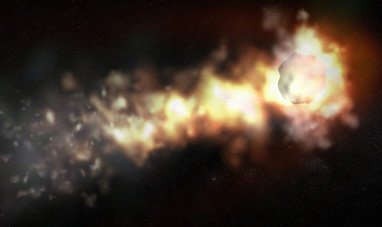

METEORITES


AXOLOTL


NEBULAE


DONKEY


ANACONDA
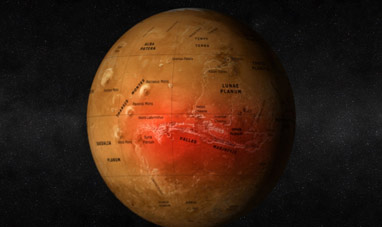

MARS
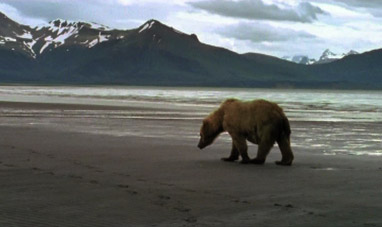

BEAR
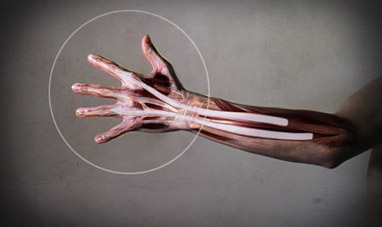

THE HANDS


HERMIT CRAB


COBRA
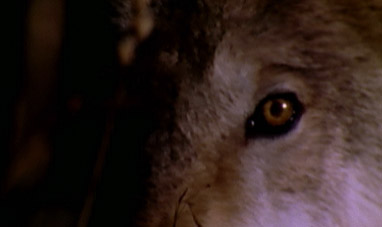

WOLF
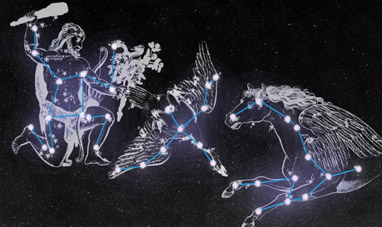

CONSTELLATIONS


WHEAT


GECKO


FLEA


GULL
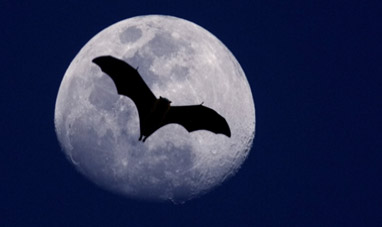

BAT
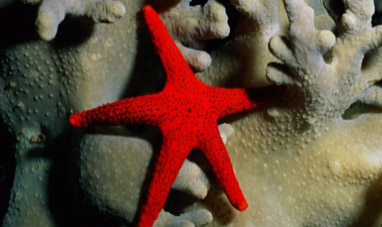

STARFISH
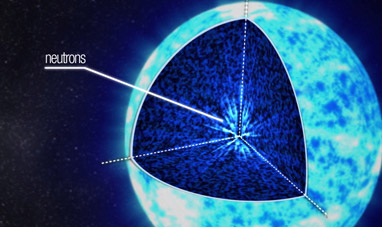

SUPERNOVAS


COMMON COLD


GROUPER


AIDS


ELEPHANT


CLOUD COMPUTING


SKIN


CENTRIFUGAL FORCE
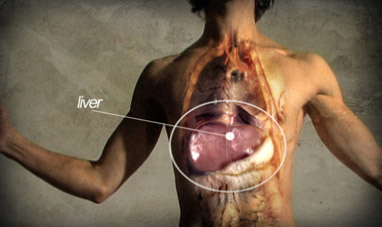

THE LIVER


TUNA


CITRUS FRUIT


RIVERS


FLY


CATERPILLAR


FROG
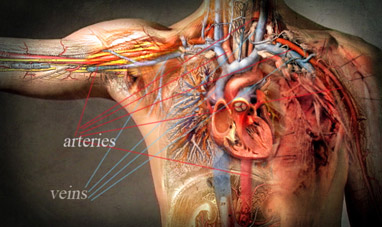

THE CIRCULATORY SYSTEM


DESERTS
